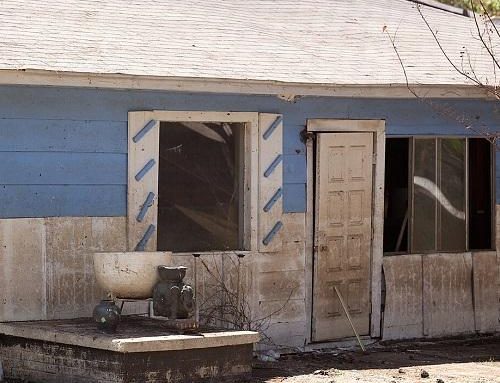As a construction contractor, safety should be at the forefront of your mind on every job site. Whether you’re working on a construction project, renovation, or any other type of work, it’s important to take the necessary precautions to keep yourself and your team safe.
Here are the top 10 construction contractor safety tips to help you do just that:
- Developing and implementing a safety plan is crucial for preventing accidents and injuries on the job site. This plan should include guidelines for equipment use, emergency procedures, and any other safety protocols that are specific to your job. It’s important to involve all workers in the development of the plan and make sure they understand the procedures outlined in the plan. Additionally, it’s important to review and update the plan regularly to ensure it remains relevant and effective.
- Providing adequate training to all workers on the job site is important to ensure they understand the potential hazards and know how to protect themselves. This includes training on the use of equipment and tools, as well as any safety protocols that are in place. It’s also important to provide ongoing training as new equipment or techniques are introduced on the job site. Online safety training is one of the easiest and most efficient ways to help provide training for your workers.
- Wearing the proper personal protective equipment (PPE) is essential for contractor safety. This includes hard hats, safety glasses, and steel-toed boots. It’s important to ensure that all workers on the job site are provided with the appropriate PPE and that they understand the importance of wearing it at all times.
- Inspecting equipment and tools before use is important to ensure they are in good working condition. This includes checking for any visible damages or wear and tear, as well as ensuring that all parts are functioning properly. By doing regular inspection, you can prevent accidents caused by malfunctioning equipment and prolong the life of your tools.
- Keeping the job site clean and organized is important to reduce the risk of trips and falls, as well as make it easier for workers to move around safely. This includes keeping walkways clear, disposing of debris and waste properly, and ensuring that all tools and equipment are stored in designated areas.
- Being aware of your surroundings is crucial for contractor safety. This includes being aware of potential hazards such as power lines, and the location of emergency exits and equipment. By being aware of your surroundings, you can quickly respond to any potential hazards and minimize the risk of accidents.
- Communicating effectively is essential for contractor safety. This includes clearly communicating expectations, potential hazards, and emergency procedures to all workers on the job site. It’s also important to establish clear lines of communication for reporting any incidents or near-misses that occur.
- Following OSHA guidelines is important for contractor safety. OSHA sets guidelines for contractor safety, and it’s important to follow them in order to protect yourself and your workers. This includes adhering to regulations regarding equipment use, hazardous materials, and job site safety. Our online training courses can help you in this regard as we cover many, very important OSHA-related training topics.
- Encouraging a safety culture on the job site is important for maintaining a safe working environment. This includes encouraging workers to speak up when they see something that could be dangerous, and making sure everyone is aware of the importance of safety. Additionally, it’s important to recognize and reward workers who demonstrate safe work practices.
- Continuously reviewing and improving safety procedures is important to ensure they remain effective and up-to-date. This includes conducting regular safety audits, seeking feedback from workers, and reviewing incident reports to identify areas for improvement. By continuously reviewing and improving safety procedures, you can ensure a safer working environment for all.
In conclusion, contractor safety is essential to protect yourself, your workers, and the public. By following these top 10 tips, you can create a safer working environment and minimize the risk of accidents and injuries on the job site.
Does your company require online safety training for construction? Please take a look at our free demonstration. Our courses cover the following topics: Aerial Lifts, Caught-In/Between Hazards, Crane Safety, Drug and Alcohol Abuse for Employees, Electrocution Hazards Part I: Worksite Safety, Eye Safety, Fall Protection, First Aid, GHS Container Labels, GHS Safety Data Sheets, Hand and Power Tool Safety, Hazard Communication, Ladder Safety, and much more!










